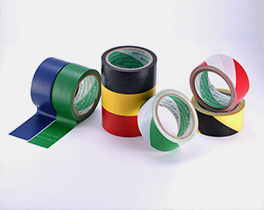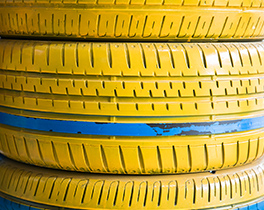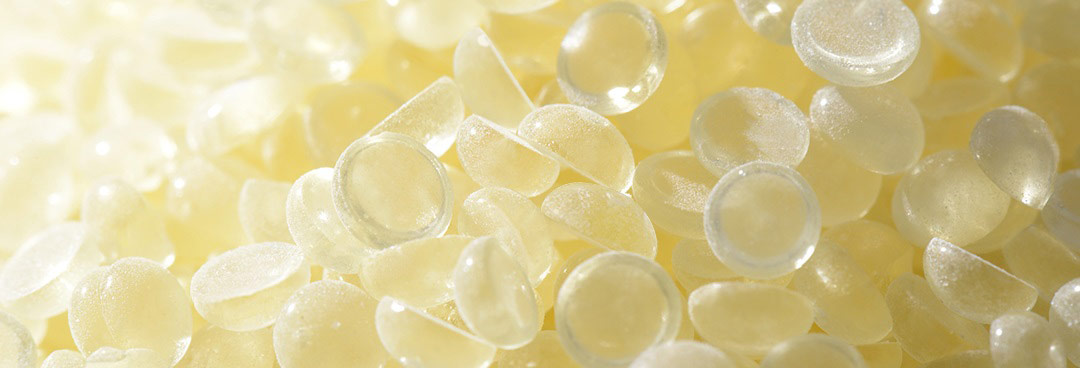Product Description
C5 hydrocarbon resin, also known as petroleum resin, is an olefin thermoplastic resin with certain viscosity and adhesion. It is mainly polymerized from C5 fraction raw materials obtained from petroleum cracking. This resin has the characteristics of light color, high softening point and good thermal stability. Its good compatibility enables it to be mixed with other materials such as resins, rubbers and plastics to improve the comprehensive performance of the product. In addition, petroleum resin C5 also has good weather resistance and chemical corrosion resistance, and can maintain stable performance in harsh environments.
As an important chemical raw material, C5 petroleum resin is widely used in the manufacture of coatings, adhesives, adhesives, inks, adhesives, and rubber plasticizers. The emergence of petroleum resin C5 not only improves the comprehensive utilization rate of petroleum resources, but also provides strong support for the development of related industries.
| Item | Road marking paint grade | Adhesive grade |
|---|---|---|
| Physical form | Yellow granule | Yellow granule |
| Softening Point ℃ | 95~105 | 95~105 |
| Color # | 5 max | 5 max |
| Acid Value mgKOH/g | 1 max | 0.5 max |
| Ash Content % | 0.1max | 0.1max |
| Melting Viscosity,mPa.s % | 250 max | 220 max |
| Packing | Paper bag or Plastic woven sack with inner polythene film, N.W:25kg. G.W:25.1kg. Store at a well ventilated, dry place. |
|
(1) Coatings
Used as an adhesive and plasticizer for coatings, C5 hydrocarbon resin provides good adhesion, strength and weather resistance. It is commonly used in outdoor architectural coatings, road marking coatings, paints and coatings. In coatings, C5 resin can improve the gloss and hardness of the paint film, improve weather resistance and adhesion.
(2) Adhesives
It is an excellent adhesive and has a wide range of applications in adhesives. C5 resin can provide good viscosity and rheology, making the coating easy to apply and lay. In addition, C5 hydrocarbon resin can also improve the viscosity of the adhesive and provide good strength and durability during the curing process.
(3) Ink
Widely used in ink manufacturing, especially solvent-based inks. In inks, hydrocarbon resin C5 can provide good fluidity and drying, and can enhance the adhesion and printing quality of the ink.
(4) Rubber plasticizer
Due to its good adhesion and plasticity, C5 petroleum resin is widely used in rubber products as a plasticizer and adhesive. It can improve the flexibility, ductility and durability of rubber products, and can provide excellent adhesion and bite force.




(1) Application fields. C5 hydrocarbon resin is mainly used in adhesives, pressure-sensitive adhesives, road marking coatings, etc. It has gradually replaced natural tackifying resins and occupied an important position with its high peeling bond strength, good quick adhesion, stable bonding performance, moderate melt viscosity, good heat resistance, and good compatibility with polymer matrices. C9 petroleum resin is mainly used in paints, anti-corrosion coatings and other fields. Adding petroleum resin to paint can increase the gloss of paint, improve the adhesion, hardness, acid resistance and alkali resistance of the paint film.
(2) Performance and characteristics. C5 resin has the characteristics of good fluidity, good viscosity, excellent aging resistance, and the best balance between cohesive strength and peel strength. In addition, it has light color, transparency, low odor and low volatiles. C9 petroleum resin has the characteristics of low acid value, good miscibility, water resistance, ethanol resistance and chemical resistance, chemical stability to acids and alkalis, and good viscosity adjustment and thermal stability.
(3) Odor. The odor of C5 resin is relatively small, while the odor of C9 resin is relatively large.
(4) Compatibility. C5 petroleum resin has good compatibility with oils, greases and other synthetic resins, can be dissolved in many solvents, and has good water resistance and acid resistance when combined with other substances. C9 resin has good compatibility with phenolic resin, coumarone resin, terpene resin, SBR, SIS, etc.

